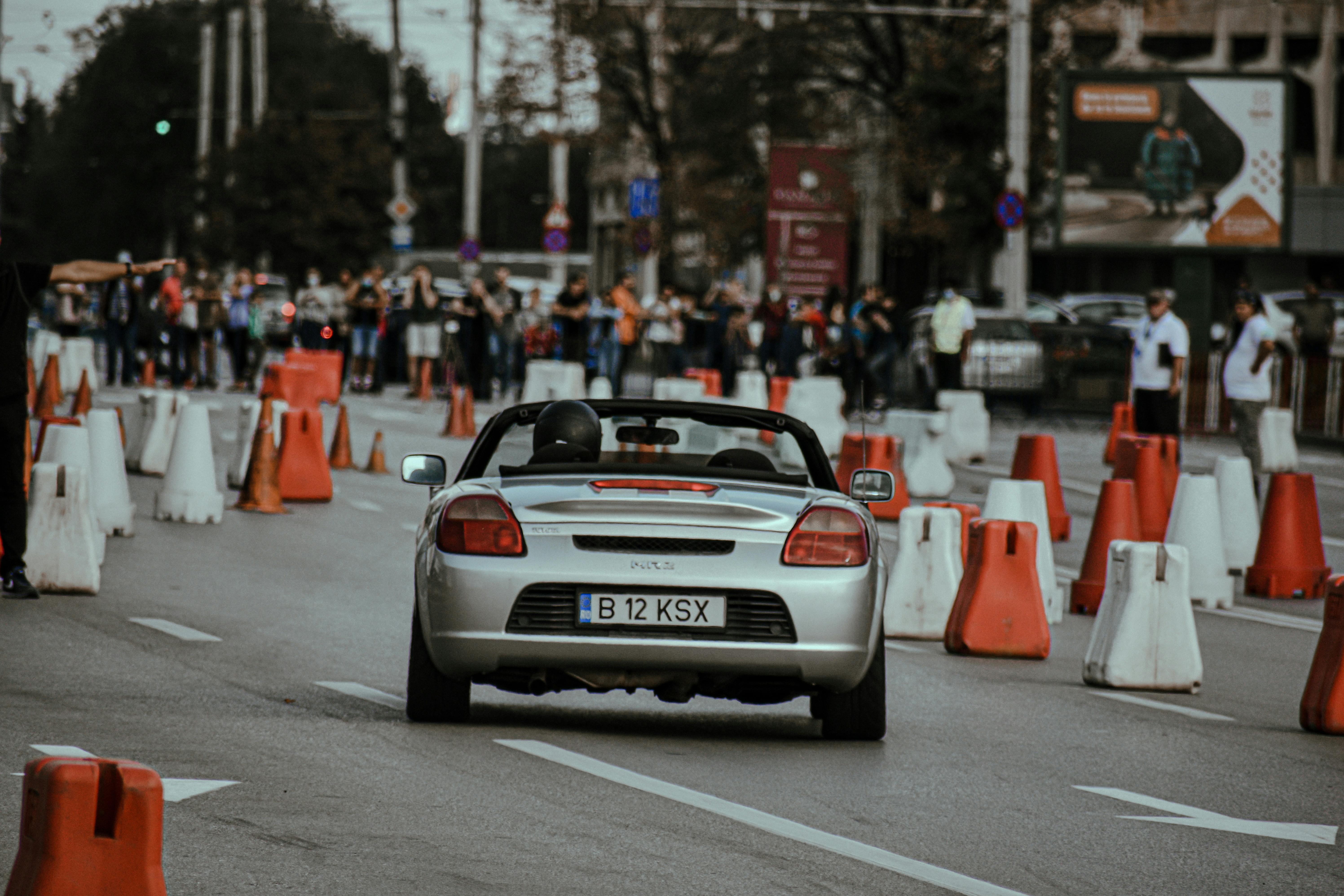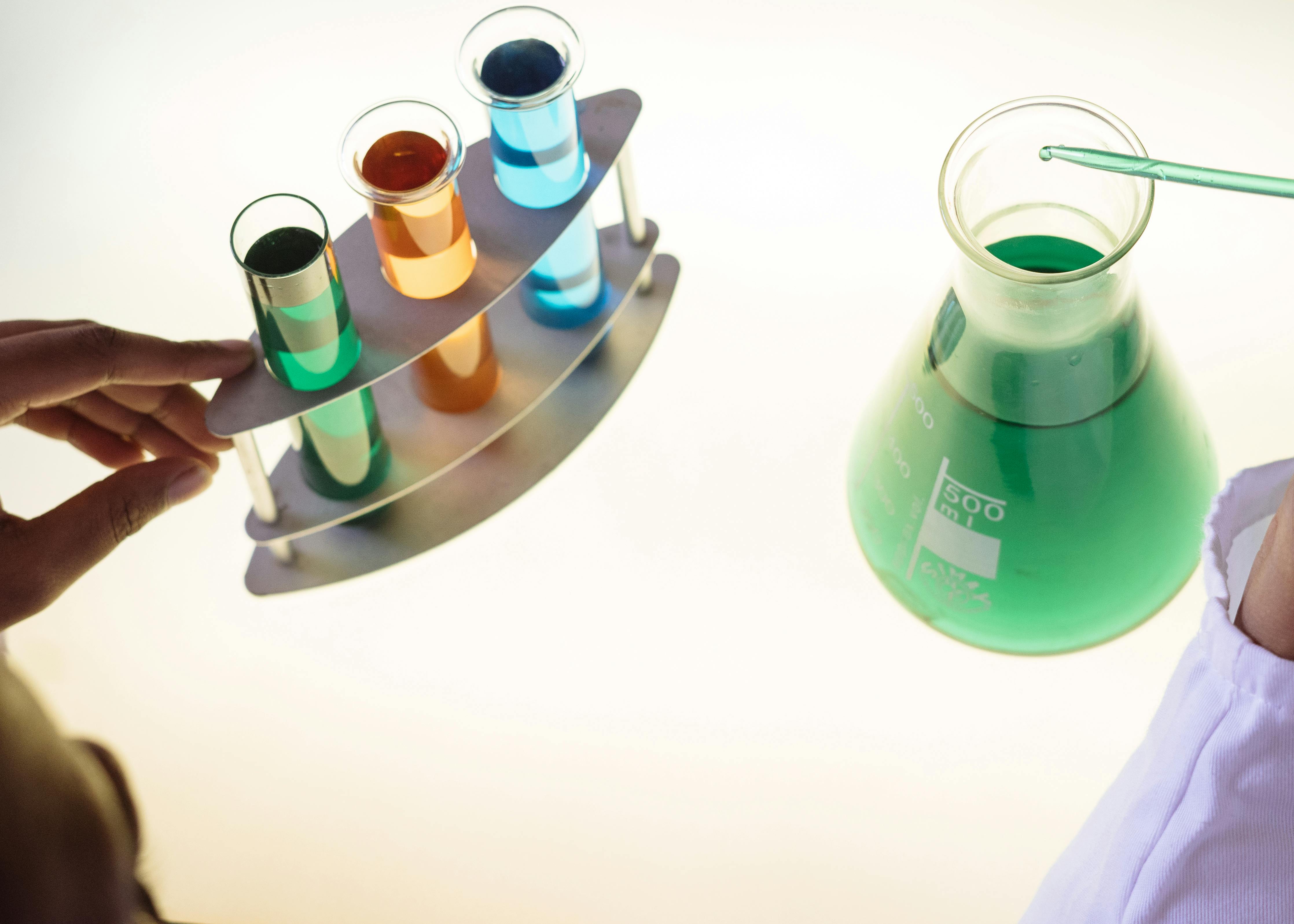Read this to find out how you can:
Save yourself or your chauffeur (aka parents, partners) over £200 per year in petrol costs
Help save the environment with over 16 million tonnes of CO2 emissions (UK only)
Reduce traffic jams and accidents and have a happier and healthier journey
All with virtually zero effort on your part. Not bad for a few minutes of your time…
Driving us insane:
A fascinating concept of lean thinking that I have learned in my professional career is that it is counterintuitive. In other words, the way our brain tells us it’s faster/better to do something is often actually the opposite. Here’s an everyday example…
Christmas card. If we have to write 50 Christmas cards, the best way to do it is to write all the cards first, then do all the addresses on the envelopes, and then do all the stamps, right? No. Actually, it’s faster to make an entire card ready to send at once. Strange but true. (As this is an environmental article, it’s worth recommending that I send eCards instead!).
You do not believe me? There are YouTube videos of a Lean practitioner doing the experiment and you can even time yourself at home for proof!
One of the reasons it’s faster is because there are fewer stops and starts to interrupt the flow – another key Lean concept and a very relevant point to what I’m about to say.
Another place we go wrong is in the way we drive. We have convinced ourselves that the closer we are to the car in front, the faster we will get where we are going. Not only is this wrong, it’s the cause of tons of accidents (many fatal), it causes us enormous stress, countless traffic jams AND it costs us money in gas AND it costs the environment in gas emissions.
I proved it to myself when I bought my car, which at the time I bought it 3 years ago politely informed me on the dash that I was getting 43 MPG. It was supposed to be an economy car that got a lot more than this, so what I did was start leaving more distance to the car in front, enough that I rarely need to brake because I’m far enough back to lift my foot . throttle means I don’t have to. MPG shot up quickly and is still going up, but is currently sitting at 58. You don’t have to be a math whiz to figure out that’s an extra 15 MPG!
Saving money:
Fuel has been at an average of £1.20 a liter since I bought it (for diesel, slightly less for petrol at £1.16) and I drive approx. 25000 miles a year while commuting so converting this to gallons saves me £820 a year.
The average car driver drives 7,500 miles per year, saving £246 (£238 on petrol). The cliché is like a huge savings to make for such a small price that it rolls off my tongue here, but I’ll save you the rest!
Environmental impact:
Every year in Britain there are 108 million tonnes of greenhouse gas emissions from road transport (311 billion vehicle miles, see equation notes). Therefore, on average, this could save the environment 16,623,037 tonnes of C02 fuel emissions per year. That’s over 15%! All from a minor change.
This means that you can be part of:
Keeping the Earth at a temperature where we don’t have to worry about whether people and animals can survive the conditions.
Decrease air pollution and save ourselves and our loved ones from all the health conditions it causes, from asthma to heart disease to stunted lungs in our children.
Being the change:
Once you make this simple change, you’ll begin to see the way everyone drives in a different light. You’ll notice people speeding up to red lights and roundabouts just to have to slam on the brakes. You’ll see rows and rows of cars that leave very little distance, so as soon as someone cuts them off, it causes everyone to hit the brakes, which quickly turns into a traffic jam and even a backlog that could have been easily avoided.
Changing this habit of unnecessarily breaking by driving too close can be easy when you know all this and it DEFINITELY makes driving more enjoyable. (Obviously, if you need to brake, brake anyway!)
If you’re like me, it will be a challenge to see how much you can increase your MPG. If you make this change it would be nice to know how much extra MPG you’re getting, so please leave a comment.
If it seems unrealistic for people to change their driving habits, you should know that we have done it and that you are literally saving lives on the roads: statistics show that deaths on the roads (per billion miles travelled) have reduced from 165 in 1949 to 5.7 in 2014 for reasons including education and behavior change.
Be aware that some stranger on the freeway will overtake you because there is a gap between you and the car ahead, even though you are overtaking cars in the slower lane (if not, consider getting out of the lane). passing lane!), but when that happens, don’t get upset, back up to put some distance between you and them and be a part of driver education (excuse the pun).
If you feel reluctant to change, then it’s too big a step. So break it down until you find a starting point that’s easy to achieve, like trying it out for a ride, or part of one, whatever you’re comfortable with will get you to the next step and the next.
If you intend to try this out, then tell someone and/or write it down and think about the commute you’ll be doing it for, say tomorrow on your way to work, and you’ll be much more likely to actually try it.
If that’s not enough to get you started, here’s some inspiration from someone more insightful than me:
“Do your little good where you are, it’s those little pieces of good together that overwhelm the world” – Desmond Tutu


